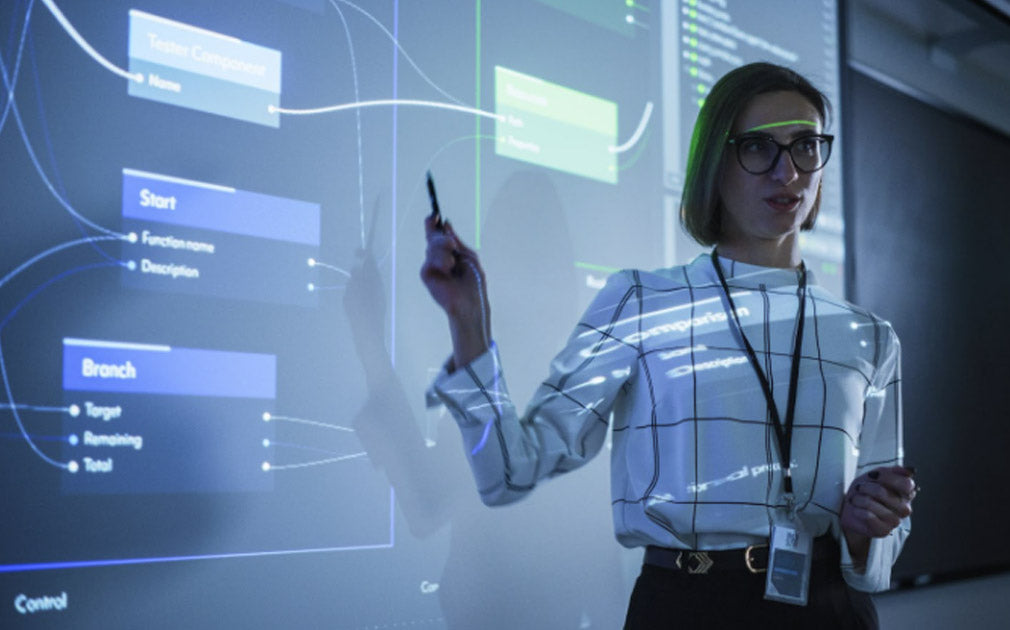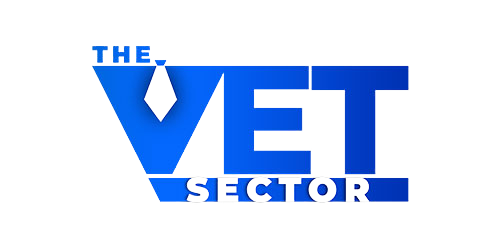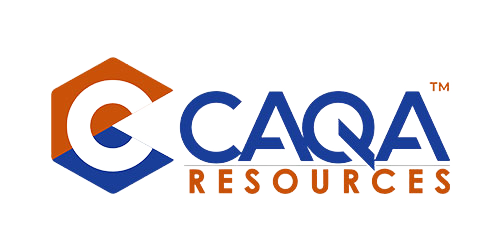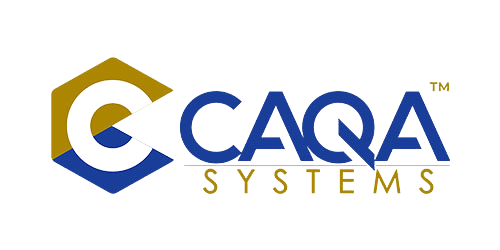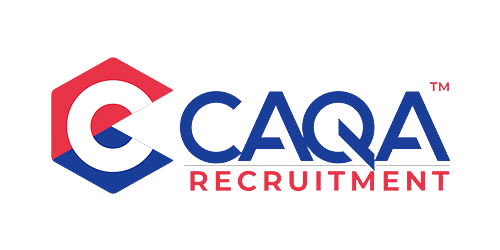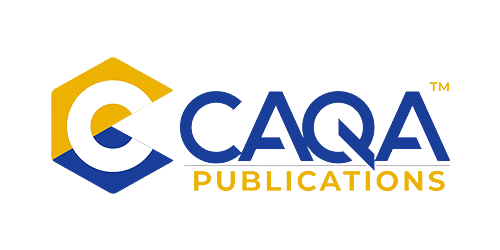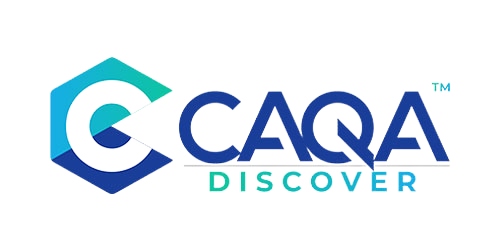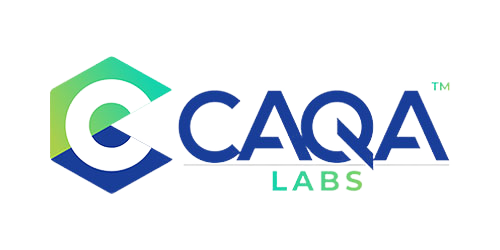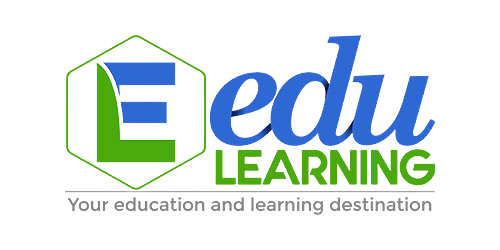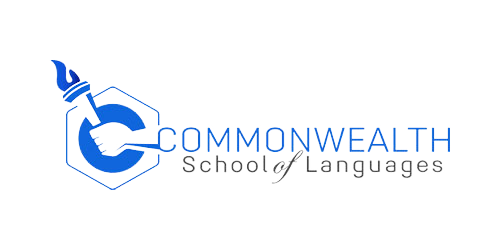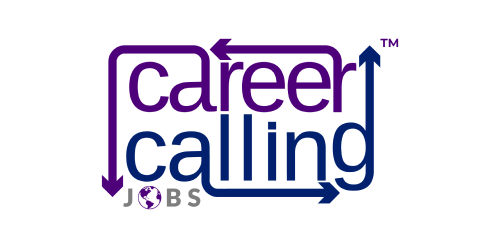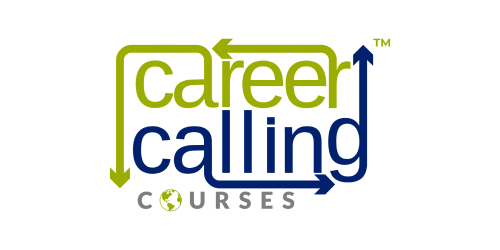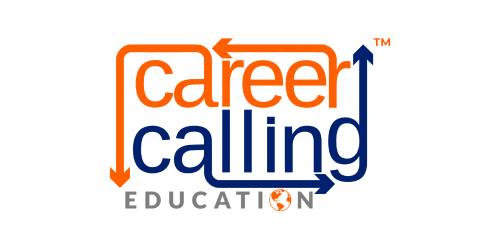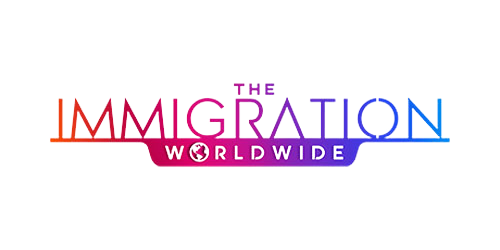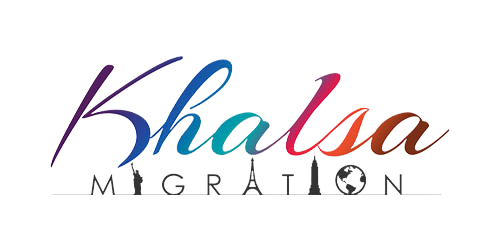For decades, vocational education and training (VET) institutions have struggled with a fundamental tension between standardisation and inclusion. While standardised approaches ensure consistent quality and industry recognition, they often fail to accommodate the diverse needs, backgrounds, and circumstances of potential learners. The result has been persistent access barriers for numerous populations: people with disabilities, those in remote or rural locations, individuals with language differences, learners with non-traditional educational backgrounds, and those balancing training with work or caregiving responsibilities. Despite sincere efforts to address these challenges through traditional means, progress has remained incremental rather than transformative. Now, artificial intelligence technologies are enabling breakthrough approaches that fundamentally reimagine how vocational education can be delivered, experienced, and certified. By leveraging AI's unique capabilities for personalisation, adaptation, translation, and accessibility, forward-thinking VET providers worldwide are creating unprecedented pathways to technical and vocational skills for previously marginalised populations, potentially transforming both individual opportunity and workforce diversity in the process.
The most immediately visible applications address physical accessibility barriers that have historically limited participation in hands-on vocational training. For individuals with mobility impairments, traditional workshop and laboratory environments often present insurmountable challenges despite accommodations. Advanced haptic interfaces combined with AI are creating alternatives that go far beyond conventional simulations. At the Technical University of Munich, engineering students with severe mobility limitations now use robotic manipulators controlled through adaptive interfaces tailored to their specific capabilities - eye movement, voice, or limited physical motion. The AI systems continuously analyse user inputs, compensating for tremors or precision limitations while providing graduated physical feedback that accurately represents the tactile experience of manipulating real materials and equipment. "The system doesn't merely simulate the experience—it translates it across different physical modalities," explains the program director. "A student who can't grip a welding torch with their hand can nonetheless develop genuine welding skill through interfaces adapted to their capabilities, receiving authentic sensory feedback about material resistance, heat distribution, and weld quality." The results have been remarkable, with several program graduates now employed in specialised roles where they apply these same adaptive interfaces to control advanced manufacturing equipment.
Similar approaches are transforming vocational opportunities for individuals with sensory impairments. Culinary training, traditionally inaccessible to those with visual impairments, has been revolutionised through Toronto Culinary Institute's pioneering AI-enhanced kitchen program. Computer vision systems provide continuous auditory guidance about food appearance, doneness, and presentation, while smart utensils offer haptic feedback about cutting precision and technique. The AI continuously adapts its guidance based on the individual's demonstrated skills and learning patterns. "I never thought professional culinary training would be possible for me," reports one graduate now employed as a line cook at a prestigious restaurant. "The technology doesn't cook for me—it gives me the information I need to make my own culinary decisions, just through different sensory channels than sighted chefs use." For students with hearing impairments, real-time speech-to-text systems powered by advanced language models now provide instantaneous transcription of instructor guidance and peer discussions in workshop settings, while specialised applications translate sound-based diagnostic cues (like engine sounds in automotive repair) into visual or haptic feedback that conveys the same technical information through accessible sensory channels.
Geographic barriers, long a limiting factor for vocational training requiring specialised equipment or facilities, are being overcome through distributed learning models enabled by AI supervision. In rural Australia, regional healthcare training has been transformed through a network of AI-enhanced simulation centers that allow aspiring healthcare workers to develop clinical skills without relocating to distant urban campuses. Each local center features adaptable practice environments with responsive patient simulators, while computer vision systems analyse student technique, providing immediate feedback and guidance comparable to that of an in-person instructor. When human expertise is required, teleconnected specialists can observe the student's performance through multiple camera angles, offering guidance enhanced by computer vision that highlights technique elements that might be difficult to perceive through video alone. "The system doesn't replace human instructors," emphasises the program director, "but it fundamentally changes when and how they need to be physically present. Students can practice independently with AI guidance, connecting with remote human experts at scheduled intervals or when the system identifies specific issues requiring human judgment. This makes high-quality training viable in communities that could never support a fully-staffed traditional program."
Similar distributed models are addressing equipment access limitations across numerous vocational fields. In India's expansive rural regions, a network of micro-training centers equipped with AI-supervised workshop facilities has dramatically expanded access to manufacturing skills training. Each center contains a subset of essential equipment, while AI planning systems design personalised learning pathways that optimise skill development across available resources. Students master foundational skills locally, then complete short, focused residencies at regional centers for specialised equipment training identified as aligned with their capabilities and local employment opportunities. The AI continuously optimises these pathways based on student performance data, equipment availability, and evolving labor market needs. "We've inverted the traditional model where students must go where the equipment is permanently located," explains the network director. "Instead, we create intelligent, adaptive training pathways that maximise learning outcomes while minimising the time students must spend away from their communities. For many rural learners, this makes vocational training viable when relocation for traditional programs would be socially or economically impossible."
Language barriers, which have historically limited vocational training opportunities for immigrants, refugees, and linguistic minorities, are being dramatically reduced through AI translation and adaptation systems. Sweden's Integration Training Initiative employs real-time translation technology that enables vocational instructors to teach in their native language while students receive instruction in theirs, with specialised technical vocabulary carefully mapped between languages. The system continuously analyses comprehension through both direct assessment and behavioral indicators, adapting explanations when misunderstandings occur. "The technology doesn't just translate words," notes the program director, "it translates technical concepts, adjusting explanations based on the linguistic and cultural frameworks of each student." This approach has proven particularly valuable in addressing critical skilled trades shortages while creating economic opportunities for recent arrivals. Similarly, Singapore Polytechnic has implemented an AI-powered "technical language acquisition" system that supports vocational students from the country's diverse linguistic communities. Rather than requiring full proficiency in English or Mandarin before beginning technical training, the system provides scaffolded support that develops technical vocabulary in parallel with hands-on skills, using contextual learning principles enhanced by AI to accelerate acquisition of essential terminology while allowing immediate participation in practical training.
Learning disabilities and neurodevelopmental differences, often overlooked in discussions of vocational education accessibility, represent another frontier where AI is enabling transformative approaches. Australia's Inclusive Trades Initiative has pioneered adaptive learning systems for students with dyslexia, ADHD, autism spectrum conditions, and other learning differences. Rather than requiring all students to process information through standardised formats, their AI-enhanced learning environment presents technical information through multiple modalities simultaneously—text, audio, video, interactive simulation—while tracking engagement patterns to identify which approaches prove most effective for each learner. The system then progressively emphasises these preferred modalities while still providing multi-channel reinforcement. For students with executive functioning challenges, the system breaks complex procedures into optimally-sized steps with embedded supports for task initiation, sequencing, and completion. "The traditional approach forced students to adapt to a standardised instructional model regardless of their learning profile," explains the program director. "Our system inverts this relationship—the instructional approach adapts to each student's demonstrated learning patterns, removing barriers that have historically prevented many talented individuals from succeeding in vocational programs despite having the potential to excel in the actual occupations."
Veterans with service-related disabilities represent another population benefiting from AI-enhanced vocational pathways. The U.S. Veterans' Technical Career Initiative employs adaptive systems specifically designed to accommodate combat-related physical limitations and cognitive impacts, including traumatic brain injury and PTSD. Multi-modal instructional approaches, adaptive interfaces, and flexible scheduling systems are combined with AI-enhanced coaching that helps veterans translate military experience into civilian vocational contexts. The system can adjust to fluctuating symptoms, automatically modifying cognitive load and environmental stimulation based on real-time indicators of stress or fatigue. "Many veterans have extraordinary technical aptitude and work ethic but struggle in conventional training environments," notes the program director. "Our adaptive approach means they can successfully develop and certify vocational skills even when traditional classroom or workshop settings would be inaccessible due to their service-related conditions." The program has shown particularly strong outcomes in advanced manufacturing, precision machinery, and technical maintenance fields, with employer feedback emphasising that graduates demonstrate exceptional problem-solving capabilities and attention to detail.
Socioeconomic barriers to vocational training—including work and family obligations that make traditional scheduled programs infeasible—are being addressed through AI-powered flexible delivery models. Brazil's Flexible Technical Training Network has reimagined vocational education for working adults through a distributed, asynchronous approach that combines AI-supervised practice facilities accessible 24/7 with adaptive learning systems that optimise limited study time. Students access local training centers at times fitting their schedules, while the AI system maintains continuity between sessions, recapping previous work, adapting to forgetting curves, and optimising skill development despite irregular practice intervals. For parents with caregiving responsibilities, the system can generate ultra-efficient study plans that maximise learning outcomes within available time windows as short as 30 minutes. "Traditional vocational programs were designed assuming students could dedicate fixed blocks of time on predictable schedules," explains the program director. "That simply isn't realistic for many adults balancing multiple responsibilities, particularly single parents and those working irregular shifts. Our model adapts to learners' actual lives rather than expecting them to conform to institutional convenience, making quality vocational training accessible to populations traditionally excluded by scheduling constraints."
Prior educational disadvantage—including limited academic preparation, literacy challenges, and gaps in fundamental knowledge—has long presented barriers to vocational training even for programs not explicitly requiring academic prerequisites. AI-enhanced approaches are addressing these challenges through precision remediation integrated directly into technical skill development. South Africa's Inclusive Technical Education Program employs continuous assessment that identifies specific knowledge gaps affecting vocational progress—whether in mathematics, literacy, or science concepts—and embeds targeted micro-learning addressing these specific deficits directly within technical training, rather than requiring separate remedial coursework. "The traditional approach forced students with educational gaps to complete generic academic remediation before accessing technical training," notes the program director. "Our integrated approach allows immediate engagement with vocational content while addressing specific academic needs only when and where they directly impact technical skill development. This maintains motivation through meaningful vocational progress rather than placing academic barriers between learners and their career goals." The system continuously reassesses fundamental knowledge, identifying when gaps have been sufficiently addressed to support vocational progression and when additional targeted support is needed.
Assessment and certification, historically designed around standardised approaches that disadvantaged non-traditional learners despite actual vocational competence, are being reimagined through AI-enabled authentic evaluation methods. New Zealand's Competency Verification Network has implemented an outcomes-based assessment system that uses computer vision and performance analysis to verify vocational skills regardless of the specific methods used or adaptations employed. Rather than requiring standardised procedures that may disadvantage learners with different physical capabilities or learning approaches, the system focuses on whether the desired outcome is achieved safely and effectively. "Traditional assessment often confused standardisation with competence," explains the certification director. "Our system distinguishes between essential outcomes and merely conventional methods, allowing certification based on demonstrated capability rather than conformity to standardised procedures. This creates pathways to recognised credentials for individuals who can perform the actual work to industry standards, even if they must use adaptive approaches unavailable when traditional assessment methods were developed." This evolution toward authentic, outcomes-focused assessment has proven particularly valuable for experienced workers seeking formal certification of skills developed through non-traditional pathways, removing credentialing barriers that previously prevented workforce advancement despite demonstrated capability.
Indigenous and traditional communities worldwide are finding particular value in AI-enhanced vocational education that respects cultural knowledge while providing contemporary technical skills. In northern Canada, AI-enhanced blended learning systems enable apprentices to remain within their communities while developing certified trades skills, integrating traditional knowledge with contemporary techniques. The system accommodates cultural practices, including seasonal hunting periods and community responsibilities, adapting learning pathways around these priorities rather than forcing choices between cultural participation and vocational progression. Similar culturally-responsive approaches are being implemented for Indigenous communities in Australia, New Zealand, and the Americas, using AI's adaptability to create vocational pathways that complement rather than conflict with cultural identities and community practices. "The technology allows us to reimagine vocational training as culturally sustaining rather than assimilative," explains an Indigenous education coordinator. "Students can develop contemporary technical skills without being forced to choose between their cultural identity and economic opportunity."
For educational institutions considering the implementation of AI-enhanced inclusive approaches, several critical success factors emerge from early adopters' experiences. First, meaningful co-design with affected communities proves essential—technology developed without direct input from people with disabilities, language differences, cultural considerations, or other factors addressed will likely reproduce rather than resolve access barriers. Second, thoughtful attention to potential biases in AI systems themselves is critical, requiring diverse development teams and continuous evaluation for unintended discriminatory effects. Third, the most successful implementations maintain focus on enhancing human capabilities and connections rather than replacing them, using technology to facilitate rather than substitute for meaningful human relationships in the learning process. Finally, institutional readiness requires developing faculty capacity alongside technological implementation, ensuring instructors understand both how to use new systems effectively and the pedagogical principles underlying them.
Looking toward the future, emerging developments promise to further enhance vocational education accessibility through AI. Neuroadaptive interfaces that respond directly to brain signals show particular promise for individuals with severe physical limitations. Emotion recognition capabilities are enabling systems that detect frustration, confusion, or disengagement and adapt accordingly, providing support before learners disconnect from the learning process. Real-time expertise location systems can connect learners with specific guidance needs to available experts regardless of location, creating "distributed mentorship" networks that leverage specialised knowledge across institutional boundaries. Advanced skill decomposition techniques are making even highly complex vocational capabilities accessible through carefully engineered developmental sequences optimised for diverse learners.
The transformative potential of these approaches extends beyond individual opportunity to address pressing workforce challenges. As populations age across developed economies, many industries face critical skilled worker shortages that cannot be addressed through traditional training pipelines alone. By creating accessible pathways to vocational qualifications for previously excluded populations, AI-enhanced inclusive education expands the available talent pool while simultaneously advancing social equity goals. "These aren't separate objectives—they're complementary," emphasises one workforce development director. "When we remove artificial barriers that have prevented capable individuals from developing and certifying their skills, we simultaneously address industry needs for qualified workers and create economic opportunities for historically marginalised communities. This isn't about charity or accommodations—it's about recognising and developing talent that traditional approaches have failed to reach."
For vocational education leaders navigating this rapidly evolving landscape, the message emerging from pioneering implementations is clear: artificial intelligence offers unprecedented opportunities to fulfill the fundamental promise of vocational education—providing accessible pathways to valued skills, meaningful work, and economic self-sufficiency. While thoughtful implementation requires significant investment and careful attention to potential pitfalls, the possibility of transforming vocational education from a system that often reproduces existing privilege to one that genuinely expands opportunity across diverse populations represents perhaps the most profound potential contribution of artificial intelligence to educational equity and workforce development. The question facing institutions is not whether AI will transform vocational accessibility, but rather whether they will participate in shaping this transformation to maximise genuine inclusion while maintaining essential quality and industry relevance.


